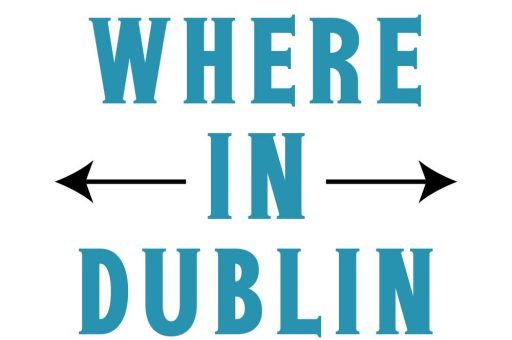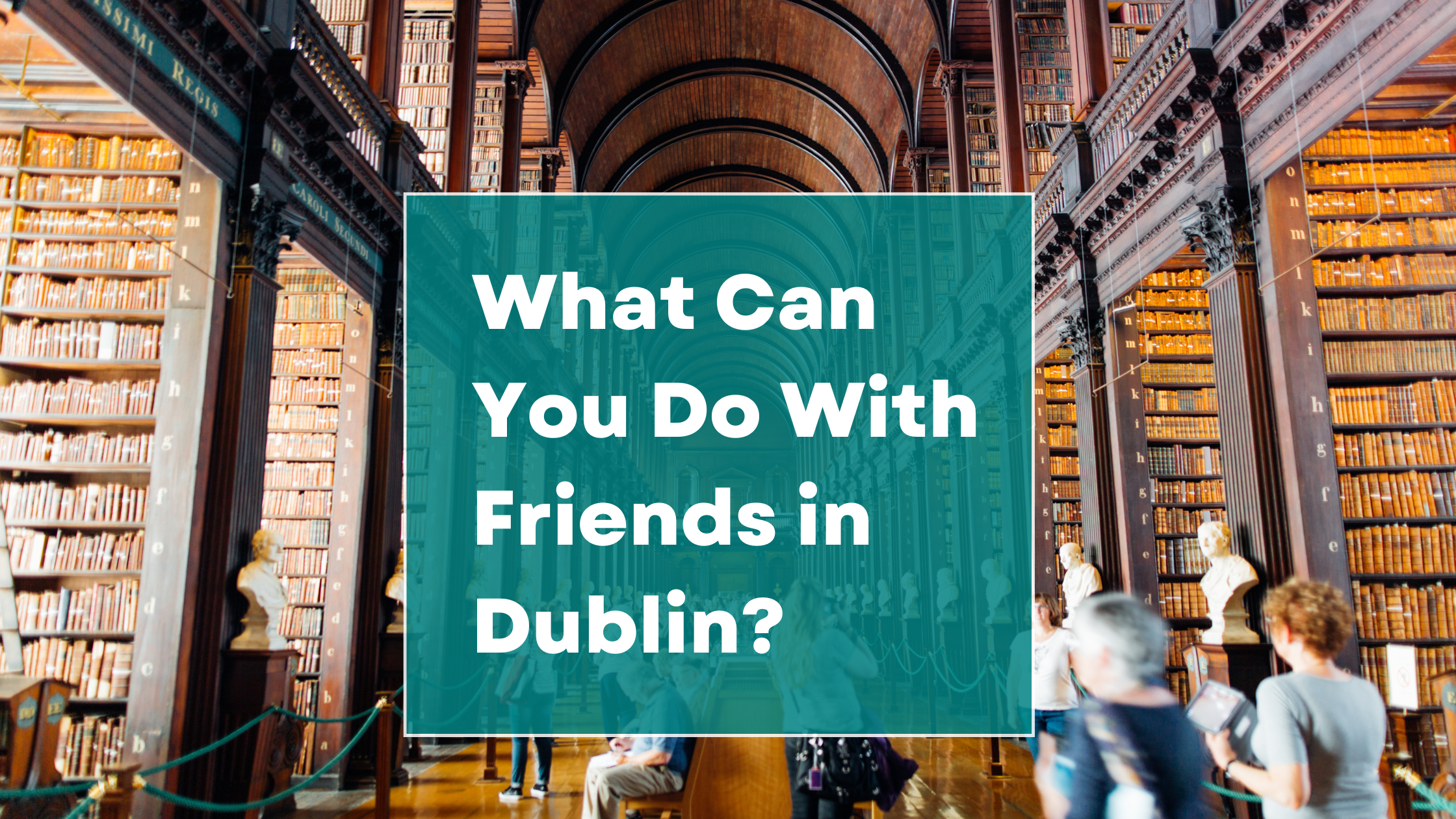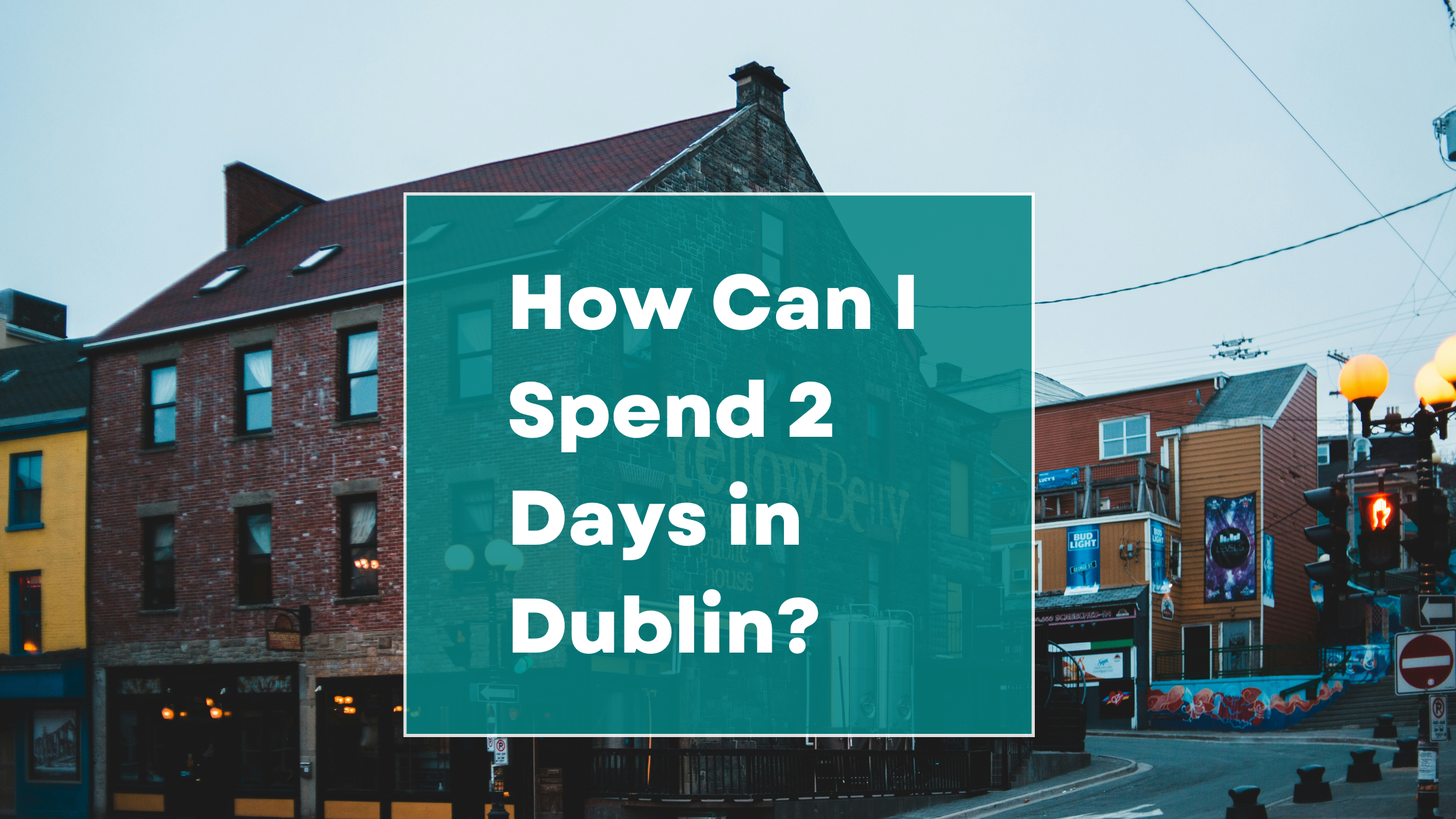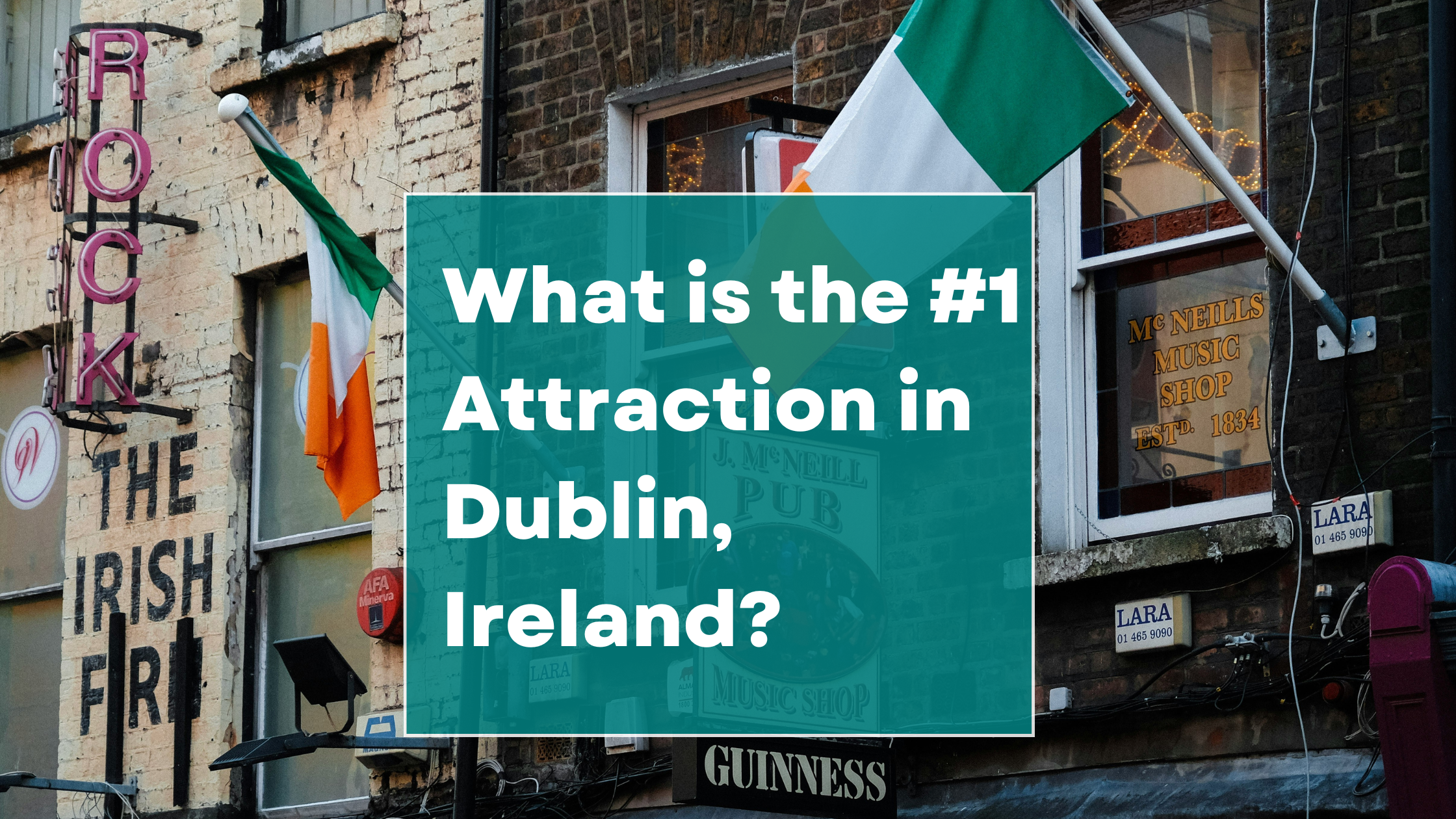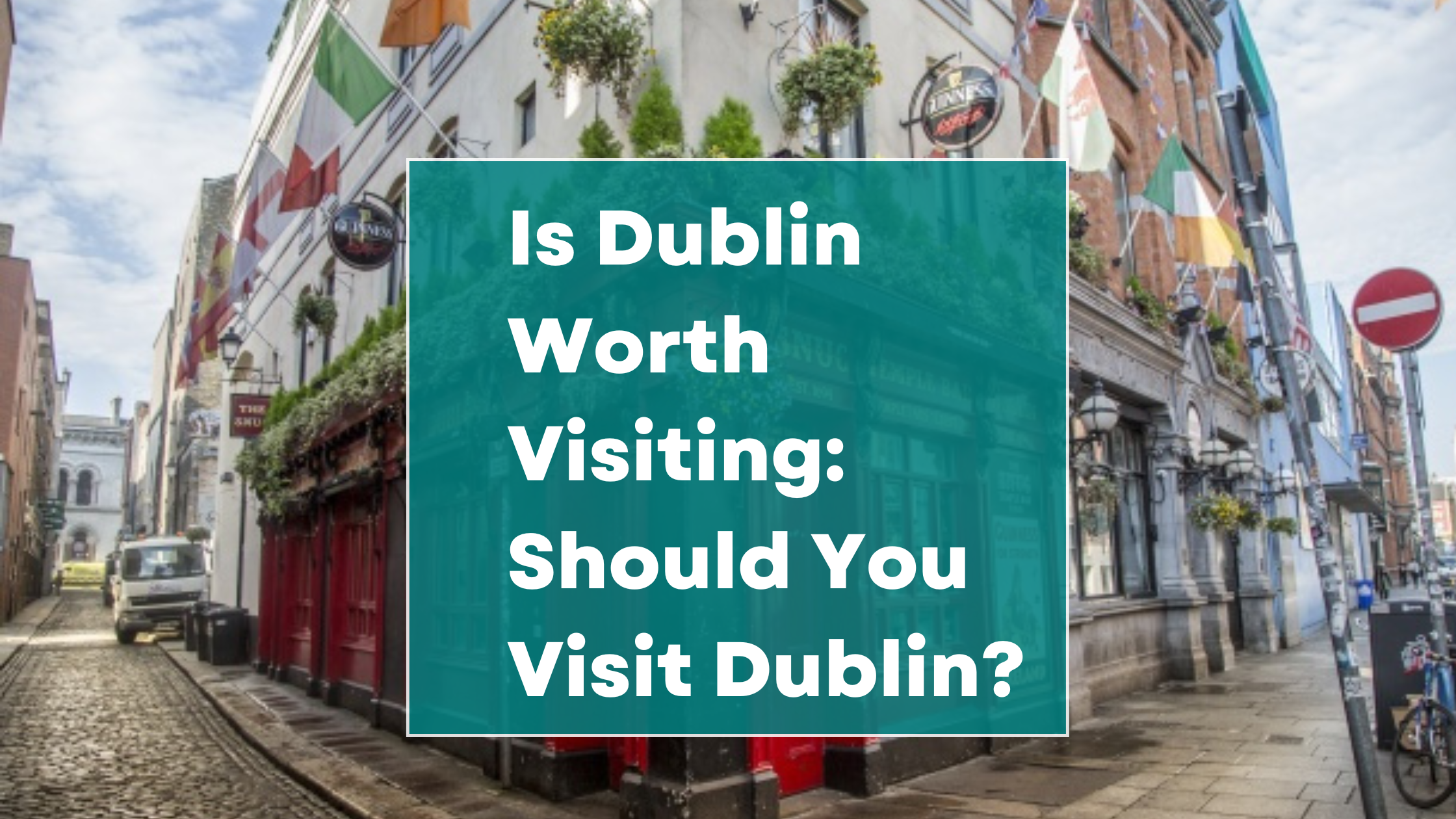
If you’re sitting there planning your next trip and asking yourself “Is Dublin worth visiting?” then let’s get straight into it, yes, it is. But before you book a ticket and pack your bags, you probably want more than just a one-word answer. Dublin isn’t a place you visit without knowing what to expect. It’s a city with a mix of history, nightlife, culture, and quirks that make it different from anywhere else in Europe.
The truth is, Dublin is not perfect. It can be expensive, busy, and a little rough around the edges. But that’s exactly what makes it interesting. If you want a city that feels alive, authentic, and full of character, Dublin delivers in a big way.
Let’s jump deep into what makes Dublin worth visiting and what you need to know before you go.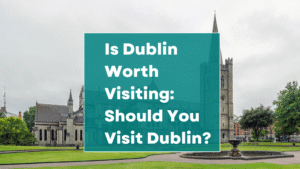
Dublin’s History and Storytelling Culture
One of Dublin’s strongest pulls is its history. You can walk through the streets and see reminders of Ireland’s past everywhere. From old castles to monuments dedicated to independence, the city holds onto its history while living in the present.
But what sets Dublin apart is not just its history, it’s the way it’s told. Dubliners are natural storytellers. You’ll notice it in the way people chat in pubs, the way guides explain a tour, and even in casual conversations. The Irish gift for storytelling makes history come alive.
Take the General Post Office (GPO), for example. On the outside, it looks like another old building, but it was the center of the 1916 Easter Rising. Step inside, and you’re standing in a place where Ireland’s push for independence unfolded. What could be a dry piece of history suddenly becomes gripping when you hear it told with Dublin humor and passion.
The Pubs: More Than Just a Pint
People think Dublin equals Guinness, and while that’s partly true, the pub culture is much more than just beer. It’s about music, atmosphere, and connection.
Step into a traditional pub like The Cobblestone or O’Donoghue’s, and you’ll find locals playing live music that pulls you in. The sound of fiddles and bodhráns fills the room while strangers strike up conversations as if you’ve known them forever.
Yes, the Guinness tastes better in Dublin, it’s creamier, fresher, and smoother. But the real magic is the social life inside these pubs. You don’t go for just the drink; you go for the feeling of being part of something bigger.
From my own personal experience, a night out in Dublin isn’t about how many pints you have, it’s about the people you meet, the songs you hear, and the memories that stick with you long after you leave.
The Food Scene
Dublin might not always get the same food hype as Paris or Barcelona, but it’s quietly building a name for itself. Traditional Irish food has always been hearty, but the modern food scene in Dublin mixes comfort with creativity.
You can grab a full Irish breakfast in a small café, then head to a trendy spot for innovative dishes. Seafood is fresh and often underrated. Dublin’s location on the coast means you can get incredible oysters, mussels, and fish that rival any coastal city.
For a true local bite, try coddle, a Dublin-born stew made with sausages, potatoes, and onions. It’s not fancy, but it’s pure comfort food that tells you more about Dublin than a high-end restaurant ever could.
Walkability and Charm
Dublin is a city best explored on foot. The streets are compact, and you don’t need a car to get around. Within a short walk, you can go from Trinity College to Grafton Street, then wander through Temple Bar and cross over to the quieter north side of the city.
The city center is full of Georgian architecture, colorful doors, and lively street performers. Dublin has that mix of elegance and scruffiness that makes it feel real. You’ll pass polished buildings right next to graffiti-covered walls, but that’s part of its charm.
Walking also gives you time to notice the small things: a busker singing on the corner, kids running around Merrion Square Park, or locals joking outside a corner shop.
The People
Ask anyone who has been to Dublin what they remember most, and chances are they’ll say the people. Dubliners are warm, direct, and funny. They don’t put on a show for tourists, you get the real deal.
Strike up a conversation in a café or pub, and you’ll probably end up laughing within minutes. Dubliners have a way of making you feel at home even if you’ve just landed. That friendliness is something that makes the city stand out against other European capitals that might feel more closed off.
Culture and Literature
Dublin is a UNESCO City of Literature, and for good reason. Writers like James Joyce, W.B. Yeats, Samuel Beckett, and Oscar Wilde all have roots here. The literary history is not just in museums, it’s woven into the streets.
You can take a literary pub crawl, visit the James Joyce Centre, or explore the Book of Kells at Trinity College. Even if you’re not a bookworm, the cultural weight of Dublin adds depth to a visit.
And if literature isn’t your thing, the city’s museums and galleries give you a window into Irish creativity. The National Gallery of Ireland and the Irish Museum of Modern Art are both free, making culture accessible to everyone.
Dublin by Day vs. Dublin by Night
Dublin feels like two different cities depending on the time of day. By day, you’ll find bustling markets, coffee shops, and busy shopping streets. Tourists head to landmarks like Dublin Castle, Kilmainham Gaol, and Phoenix Park.
By night, the city changes. The pubs fill up, music spills into the streets, and Temple Bar comes alive. If you want quiet, there are plenty of cozy spots away from the crowds. If you want chaos, Temple Bar is waiting for you.
This day-to-night contrast gives you more than one way to experience Dublin. You can have a calm, cultural day and then a lively, unforgettable night.
Day Trips from Dublin
One of Dublin’s biggest advantages is its location. You can easily use it as a base for exploring other parts of Ireland. Within an hour’s train ride, you can be on a coastal cliff walk in Howth, wandering the gardens of Powerscourt, or visiting ancient ruins in the Boyne Valley.
This makes Dublin not just a destination in itself but a gateway to Ireland’s countryside. If you don’t have time for a long road trip, you can still experience Ireland’s natural beauty without leaving Dublin far behind.
The Downsides You Should Know
To be fair, Dublin isn’t perfect. It’s one of the more expensive cities in Europe. Hotels, meals, and even pints can stretch your budget. The weather is also unpredictable, you might get sunshine, rain, and wind all in one afternoon.
Crowds can be heavy in tourist areas, especially during summer. Temple Bar, for example, is fun but can feel overrun. If you prefer quieter experiences, you’ll need to seek out neighborhoods outside the main center.
These downsides don’t ruin the experience, but it’s good to know what you’re walking into. Dublin isn’t polished like Vienna or picture-perfect like Prague. It’s gritty, real, and unapologetic. That’s part of why people fall in love with it.
So, Is Dublin Worth Visiting?
The answer is yes, if you value authenticity, atmosphere, and culture. Dublin is not just a checklist of sights—it’s about the feeling you get while you’re there. The mix of history, storytelling, music, and friendly locals makes it a place that leaves a mark on you.
It’s worth visiting if you want to laugh with strangers in a pub, hear music that stirs your soul, stand in places that shaped history, and eat food that warms you from the inside out.
If you want perfection, you might be disappointed. But if you want realness, Dublin is absolutely worth it.
Final Thoughts
Based on my overall experience, Dublin is one of those cities you don’t just visit, you experience. It’s a place where the little moments matter: chatting with a local, hearing a busker sing on Grafton Street, or sitting in a pub with music playing in the background.
Dublin may not be the cheapest or the most glamorous city, but it’s full of character. It’s the kind of place that stays with you long after you leave, and that’s why it’s worth visiting.
